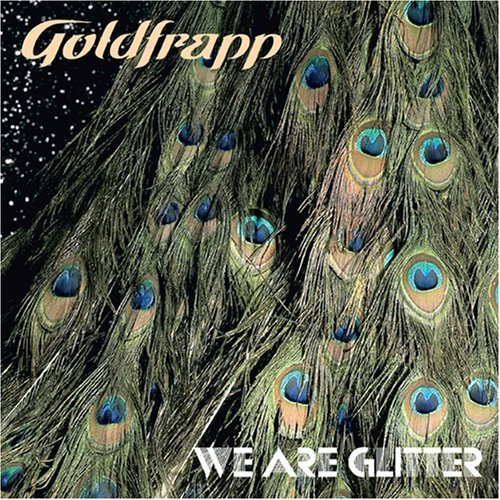
Beentje, Henk
product information
description
7If asked to describe a plant, many of us would have to resort to basic descriptors such as vague shapes or simple colors. But for those who work and write in the plant world, there are thousands of terms available for crafting the perfect characterization. A pear's shape can be called pyriform, while lemon's form is prolate. A petal might range from caesious (pale blue-grey or -green) to ceraceous (pale cream) to cinerous (ash grey). And the autumnal spread of fallen leaves is called, elegantly, leaf litter. The Kew Plant Glossary is a comprehensive guide to the myriad of terms used in the identification and conservation of plants. This new edition adds more than four hundred new entries, including a vegetation-type section, bringing the total to 4,905 botanical terms and seven hundred illustrations. The terms are clearly explained, many with basic line drawings to further clarify a description. Henk Beentje consulted a host of botanical works as well as colleagues working in the field to create a glossary that is clear, easy to use, and free of confusion. He notes terms that are easily mixed up with others and points out phrases that are considered outside common usage. This is an essential companion for anyone who finds themselves searching for the right word when writing about plants, who needs to clearly identify the pieces of their work, or who just wants to talk more authoritatively about the plants they love.
member goods
No member items were found under this heading.
Return Policy
All sales are final
Shipping
No special shipping considerations available.
Shipping fees determined at checkout.







